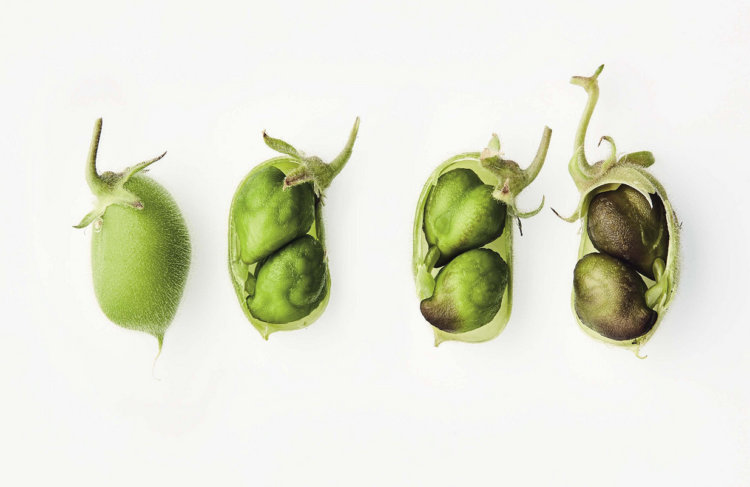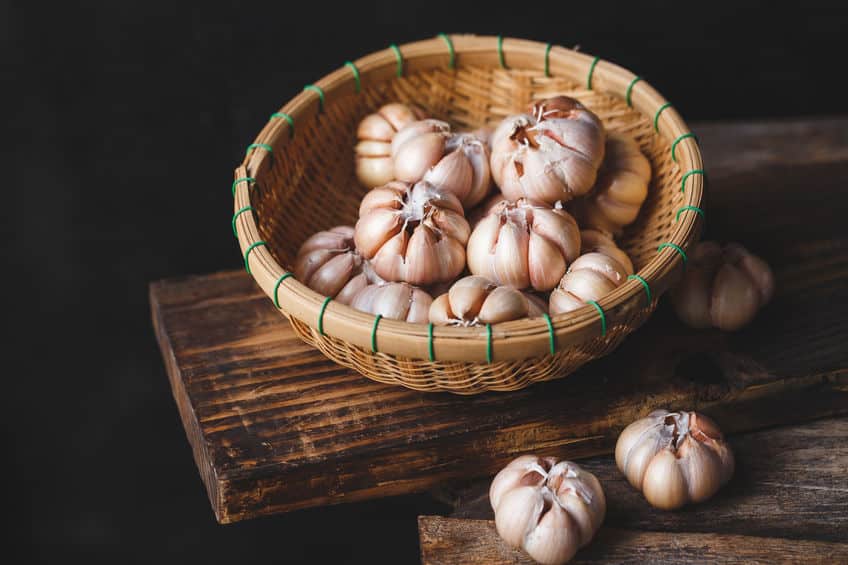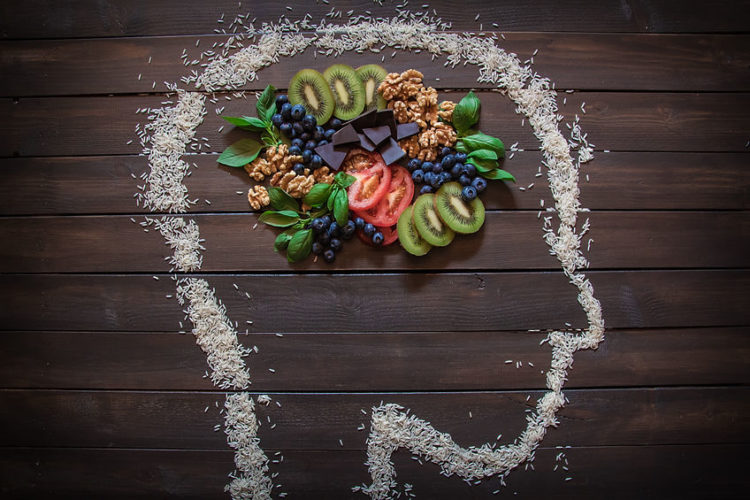By Peter Gilmore –
There are two primary options to choose from when shopping for vegetable seeds—modern hybrids or heirloom varieties. Both have their particular benefits, but heirlooms are under threat of extinction and their loss could have far-reaching consequences that go beyond sentimental value. Commonly used during earlier periods in human history prior to the revolution of modern large-scale agriculture, an heirloom plant is an old cultivar of a plant used for food that is grown and maintained by farmers, generally in isolated communities. They are often saved and handed down through multiple generations. Much like a great vintage leather jacket, heirloom plants should never go out of style, let alone should they be allowed to fade of existence. Appreciation of antiques aside, heirloom vegetables offer unique tastes and potential medicinal and environmental benefits.
Biodiversity
Through observation of the natural world and selective breeding techniques, our ancestors have allowed us to accumulate a legacy of biodiversity that has enriched our lives. Sadly, today we are in danger of losing much of this diversity that has taken centuries to create. Heirloom varieties that were once popular as little as fifty years ago are disappearing from our grocery stores, food chains and even our seed catalogues. Once an heirloom vegetable ceases to be grown and the seeds are not saved for a couple of seasons, it will become extinct and the unique characteristics of that plant, which are often chance happenings of nature, will also be lost forever.
Precious heirloom varietals are often kept alive in one small area, village or even by just one family through the generations of dedicated individuals that assure their survival. Their worth can be invaluable as characteristics of certain heirlooms may provide the key to disease resistance or drought tolerance in the crops of the future. Consequently, if all we grow is one or two commercial varieties of a certain vegetable, we leave ourselves open and vulnerable to disease and crop failures.
Flavor
Beyond their potential wider benefits, preserving heirloom vegetables also means ensuring their unique flavors and textures can continue to be enjoyed by future generations of cooks, chefs and everyone who simply loves food. Heirloom vegetables, in fact, were often the product of selective cultivation and breeding designed to specifically generate unique flavors and tastes—something that is often overlooked in modern plant breeding where efforts are often focused on yield and durability.
Collective Inheritance 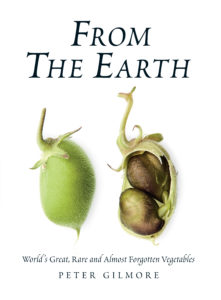
Another important characteristic of heirloom vegetables is that they are open-pollinated, meaning the seeds can be saved and replanted year after year. No one owns or controls these plants; they are our collective inheritance. Open pollination is so critical in today’s world of corporate ownership, patents and general control of our food systems by huge multinational companies. This is not to say that all modern plant breeding is bad. Through natural crossbreeding techniques, some F1 varietals are very useful. Small amounts of royalties for the efforts of breeding new varietals with exceptional flavor and high yields have merit. But is it essential that we don’t lose our open-pollinated varieties, which would place certain farmers at risk of losing their businesses and their rights if they have to rely on big companies to buy new seeds each season? F1 varieties are usually bred by the cross-pollination of two different varieties in the same plant family to create or bring to the fore certain characteristics. After all, this is nature’s way of creating new varieties. With continued selection and breeding through several generations, a crossbred vegetable can become a stable new variety that can be open-pollinated and established in its own right.
Avoiding Genetic Modification
Genetically modified (GM) plants are a whole different matter. These plants are bred in a laboratory at a cellular level, often with genes from completely unrelated organisms. Some of these genetic crosses have no chance of occurring naturally. It is my understanding that most research and development of GM plants is being done by multinational companies for the purpose of making these crops resistant to particular types of pesticides. This, for example, might involve inserting genes from organisms such as bacteria into corn and wheat with the aim of making those plants resistant to the pesticides that are sprayed on them. As a result, the pesticides would kill the weeds but not the crop. I know for sure that I don’t want to consume that wheat or corn. It seems to me that this kind of manipulation of our plants is more about the control and ownership of our food systems by large pesticide companies. This seems crazy when so much valuable research and development can come from more natural plant-breeding techniques. I believe that GM food has not been given the research and time it needs to be considered safe. This affects all of us – our health and our rights as human beings – especially in countries where labels aren’t required to identify GM material. This takes away our rights to have knowledge and choice about the food we eat. After all, once GM crops are out in the fields, it’s almost impossible to control cross-contamination.
Ultimately, it is up to the individual consumer to educate themselves on the current farming evolutions; embrace, explore and treasure the beauty of our vegetable diversity; and realize the need to protect it.
This article was generated from material written by Peter Gilmore in his award-winning book, From the Earth.
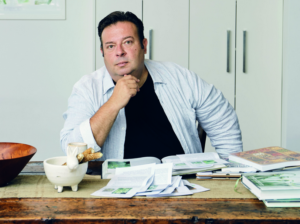 About Peter Gilmore
About Peter Gilmore
Peter Gilmore is one of the most acclaimed chefs in Australia and his restaurant, Quay, on Sydney’s harbor, is one of his country’s most celebrated. He sources rare plants and heirloom vegetable seeds for his home garden on Sydney’s northern beaches, experimenting with them before transitioning them to his menu at Quay. From The Earth was a finalist in 2019 for a renowned James Beard Award and it was awarded best cookbook in the 2019 Australian Book Designers’ Awards.
To Learn More:
https://www.quay.com.au/peter-gilmore/
https://www.instagram.com/chefpetergilmore/?hl=en
Twitter @HardieGrant
Facebook @HardieGrant
Instagram @HardieGrantbooks

